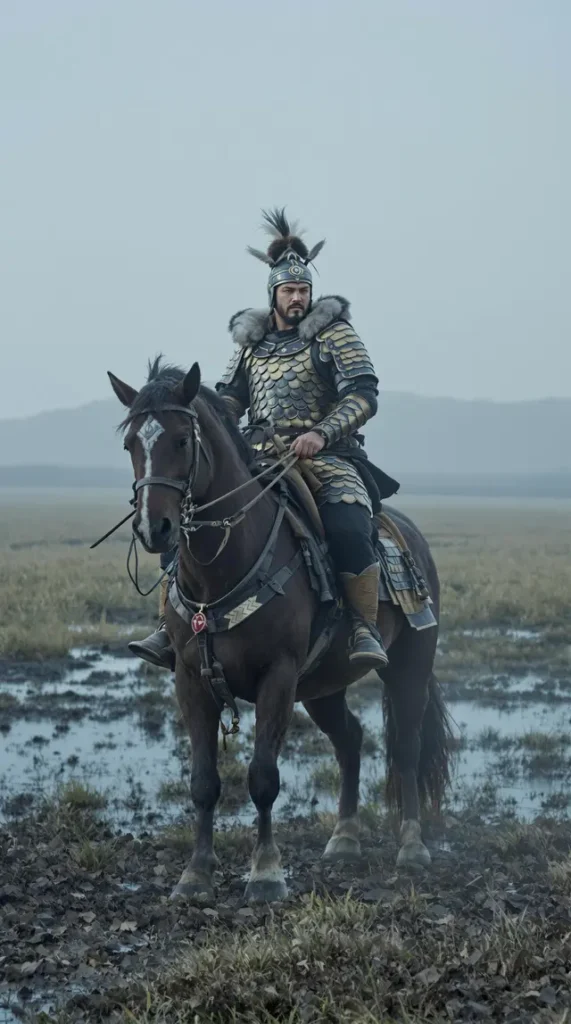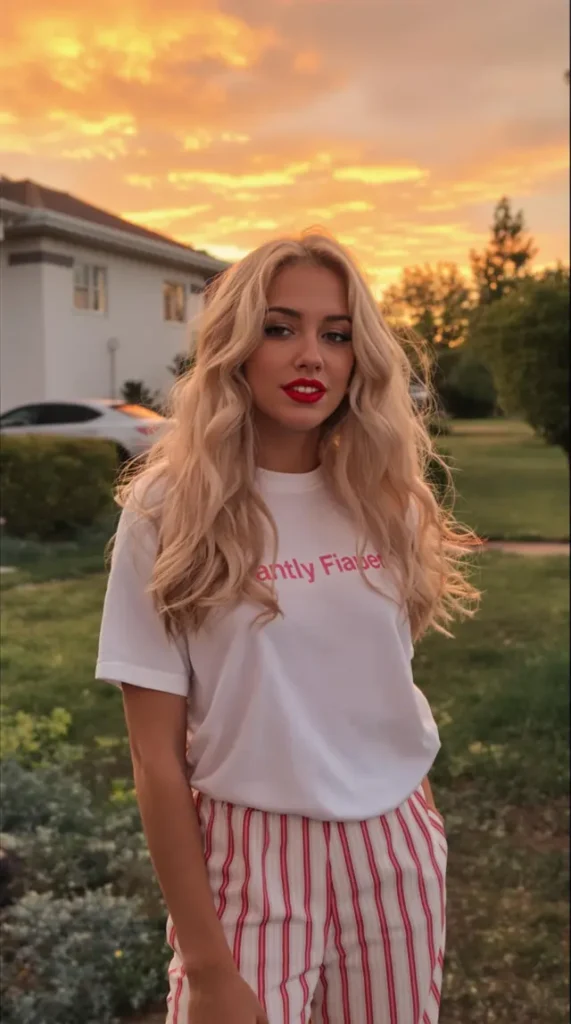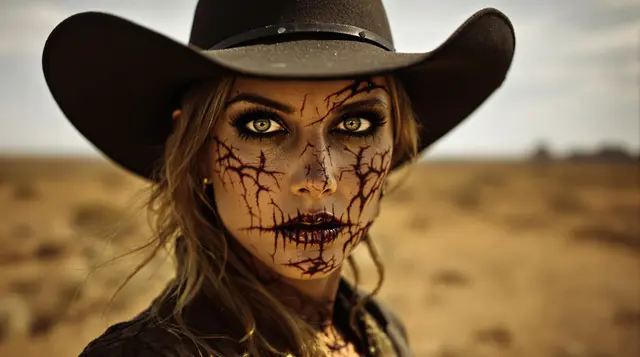Do you remember when AI-generated images appeared like the whimsical musings of a modern abstract artist? Well, we’re far beyond those times now. The strides made in AI image generation are truly impressive, and with Flux 1.1 Ultra’s latest offering, even the most hard-nosed doubters might find themselves both awed and a touch unsettled.
The New Reality of AI Images
Released on November 6th, Flux 1.1 Ultra isn’t your run-of-the-mill update. It’s a groundbreaking moment in AI image technology, boasting two innovative models: Ultra and Raw. What’s particularly intriguing is how each model caters to distinct needs:
- Ultra Pro: Crafted for professional settings, delivering polished, magazine-ready photos.
- Raw: Provides unfiltered, spontaneous shots, echoing the natural style of smartphone photography.
What’s more, it accomplishes this remarkable feat in just 10 seconds per image, setting a new benchmark in the industry.
Why This Changes Everything
For those familiar with AI image generators, Flux differentiates itself with its remarkable attention to detail—areas where AI typically faltered. It excels in:
- Achieving perfect lighting and reflections
- Rendering fingers consistently, previously a notorious challenge
- Capturing authentic group dynamics in photos with multiple people
- Creating believable interactions within the environment
This breakthrough is poised to disrupt industries such as stock photography, wedding shoots, and commercial photo sessions.
Real-World Testing
I’ve spent considerable time exploring Flux 1.1 Ultra’s capabilities through its platform, which generously offers 20 free credits daily. Both models did not disappoint:
-
Ultra Pro Test: A prompt featuring "a 24-year-old woman in a city under dark clouds" yielded a photo that could easily grace a magazine spread, complete with impeccable lighting and authentic urban details.
- Raw Version Test: Using the same prompt, it produced an image reminiscent of an unfiltered iPhone capture—natural and undeniably genuine.
Here Are Some Examples With Prompts
A prompt asking for a "selfie of a 35-year-old man relaxing at home in an armchair" captures the authenticity that many strive for.

Imagine a Mongol warrior in a misty plain at dawn—a cinematic vision brought to life with hyperrealism and exquisite attention to photographic detail.

In another instance, a young woman adorned with traditional Māori tattoos stands in contrast to the opulence of a high-end fashion store. It’s rich with contrast and storytelling.

This prompt conjures the 1980s with a blonde woman in casual attire, capturing the essence of suburban life during sunset.

Craft an enigmatic portrayal of a woman in a cowboy hat against a suspenseful Texan backdrop, full of mystery and detail.

A heartwarming scene at a café captures a couple in a moment of shared intimacy, bathed in cozy lighting that invites the viewer in.
The Game-Changing Features
Flux 1.1 Ultra truly shines in its ability to:
- Accurately execute complex, richly detailed prompts
- Maintain a high standard of quality over varied conditions
- Create convincing settings even with minimal detail provided
- Sustain realism in tricky situations like group shots and dimly-lit scenes
The Reality Check
The sobering fact is these images have gotten so good, they’re almost indistinguishable from the real thing. Social media amateurs and enthusiasts alike are finding it tough to tell if an image is genuine or AI-crafted.
Looking Ahead
As we move through 2024, this technology brings to light some pressing questions:
- What’s next for professional photography?
- How will we assess the authenticity of digital content?
- What are the job implications for creative professionals?
- How urgent is the development of tools that detect AI-generated images?
The Bottom Line
Whether we’re ready or not, AI image generation has leaped ahead, reaching a pivotal point. Flux 1.1 Ultra is more than a tool; it’s a glimpse into the future where the line between real and generated becomes ever blurrier.
The debate on AI’s ability to create lifelike images is settled. Now, we must adjust to a world where any image could be the product of AI. Despite its impressive capabilities, responsible usage and transparency are critical. The digital imagery evolution is here—how we steer it is up to us.



